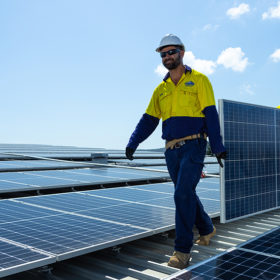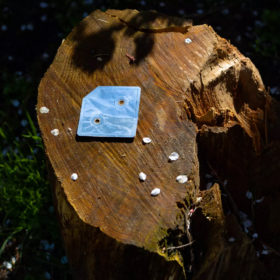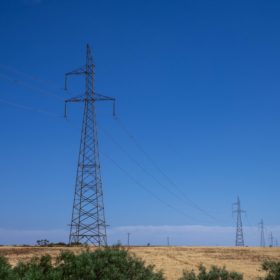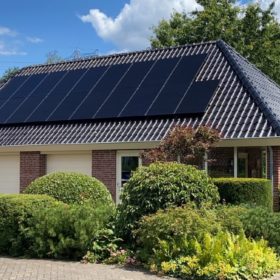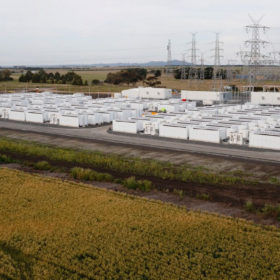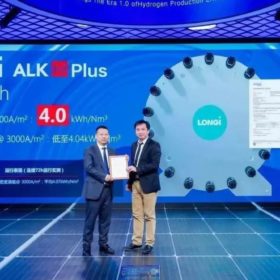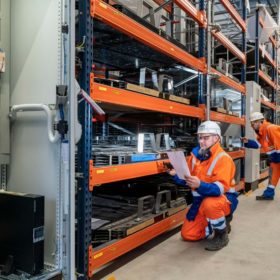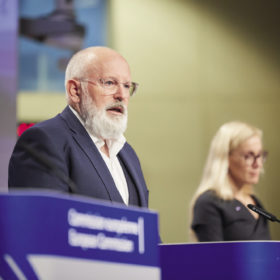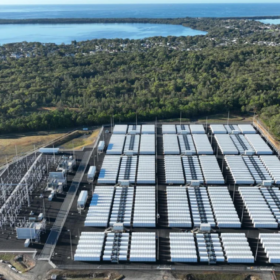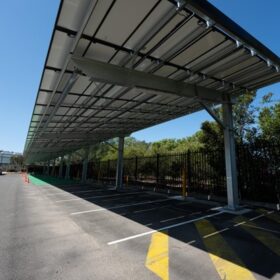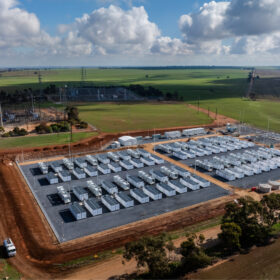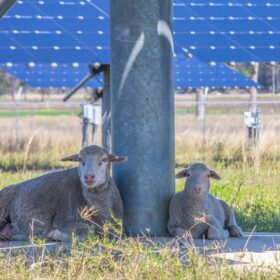Australia’s top 10 solar panel and inverter manufacturers revealed
Analysis from Sunwiz has revealed Australia’s breakdown of top rooftop solar and inverter manufacturers for 2022.
Novel design for high-power PEM fuel cells
UNSW Sydney researchers have developed an algorithm to enhance images of PEM fuel cells, meanwhile South Korean researchers have revealed a scalable production method for platinum-based fuel cell catalysts. Germany has moved forward on its hydrogen strategy by signing agreements with Australia, Belgium, and the Netherlands.
Custom-made 3D printed solid-state batteries
US-based Sakuu has announced that it has successfully 3D printed solid-state batteries in custom shapes and sizes at its battery pilot line facility in Silicon Valley, California.
Victoria approves acceleration of intra-state transmission project
The Victorian government has provided its seal of approval to accelerate the development of a new high-capacity transmission line that will facilitate the increased flow of electricity between the Victorian and New South Wales grids, helping to maintain power supply reliability as coal-fired generation declines and retires.
Tongwei unveils 21.7%-efficient shingled solar panels for residential PV
Tongwei is offering six versions of its monofacial monocrystalline panels, with power outputs ranging from 400 W to 430 W and power conversion efficiencies between 20.1% and 21.7%.
Weekend read: Australia goes big on batteries
Last December, Australia’s first large-scale battery funding round fast-tracked eight new grid-forming projects with a combined capacity of 2.0 GW / 4.2 GWh. That same month, the country’s fresh federal government announced it would enact a major underwriting scheme to incentivise renewable storage across the country. The moves echo those which inaugurated big solar in Australia, but the transformative potential of these storage plays will, it seems, take a different shape.
Longi releases new alkaline electrolyser
China’s Longi claims that its new ALK Hi1 electrolyser can produce hydrogen with an energy content of 4.3 kWh per normal cubic meter. It says the levelised cost of hydrogen could be up to 2.2% lower than other electrolysers on the market.
How safe are second-life EV batteries as home energy storage devices?
There is currently no widely accepted test methodology to assess the safety of second-life lithium-ion batteries (LiBs). However, a UK government study reveals two opposing views on their safety, raising concerns over whether such devices should be deployed in homes under any circumstances.
RMIT researchers reveal new method to split saltwater into hydrogen
Australian scientists have developed a new method to make hydrogen directly from seawater, describing the technology as a critical step towards a truly viable green hydrogen industry.
Europe introduces new green hydrogen rules
The European Commission has presented the final version of its new rules for green hydrogen, with looser requirements to qualify hydrogen as “green.”
